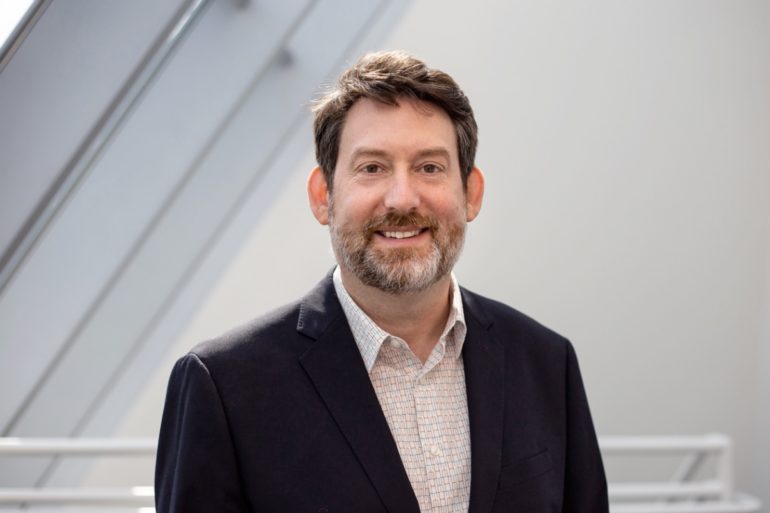
This post is also available in:

The appointment of Talks from tonight is signed Locust Projects and Oolite Arts, the new name of Art Center South Florida, from the name of the sedimentary rock that composes the ground of Miami and that in 2022 will open its doors in a new, more capacious space. Tonight’s guest: Ian Berry. Assistant to Ellsworth Kelly who taught him to look at nature around him, Ian Berry expressed very clear concepts, first of all: “College is a great context to learn about the things that change life and transform art”. The very precise idea attested by Berry that after years of reflecting on the meaning of doing exhibitions has created an inventive curatorial practice: the museum as an open workshop where an individual can enter and exit whenever he wants and where in all disciplines college teachers interact with each other, with their own specific language in order to create parallels and new points of view, different from that of the artist or curator. With this in mind, Ian Barry has about a hundred exhibitions and sets up a dozen exhibitions a year, including the 2003 Living with Duchamp, in which fifty artists were inspired or influenced by Duchamp, (among the precursors art of the last century) and have been brought together in an installation in which design was inspired by the artist’s mentality; and Affinity Atlas, from 2015 in which the works of contemporary artists have interacted with the treasures of the Tang collection creating new works of art, up to the recent Accelerate: Access and Inclusion, that is to say three annual print publications in which the design for the book incorporates efficient use of models, leaving room for spontaneity. This latest project won first prize in the 2018 American alliance design competition.

After graduating in art history at the University of Albany, he spent his entire life devoting himself to the fertile ground of university museums, including the Williams College Museum of Art and the Emerson Gallery at Hamilton College. He was Roy Acuff Chair of Excellence in Creative Arts at Austin Peay University, chairing the New York State Council on the Arts Visual Arts Panel and being part of several advisory committees; since 2000 he is the director of the Frances Young Tang Teaching Museum and Art Gallery at Skidmore College in Saratoga Sprint, NY. According to Ian Berry, writer of numerous monographs and books: “The campus museum must be a place that everyone uses every day, not sporadically, like a library, where you go in and out for whatever you need.” In 2001 he was able, thanks to the help of a biologist, to structure an exhibition in which the cartography of North America was combined with the double helix model of DNA studied by James Watson and Francis Crick (he managed to borrow the original Watson prototype) and to the works of 20 contemporary artists including Matthew Ritchie and Micah Lexier, who were able to extrapolate new connections that a curator would not have been able to make. Because the purpose is this: to make traditional museum users talk to musicians, dancers (he is the creator of numerous performances), scientists, economists, geologists, environmental studies experts, economics specialists rather than physics students: a great universe which each subject speaks its own language connecting to the rest and in which the task of the curator is to seize the possibilities.

.

.

.

